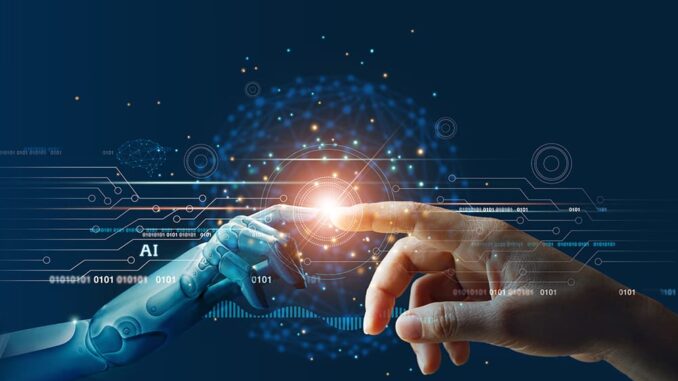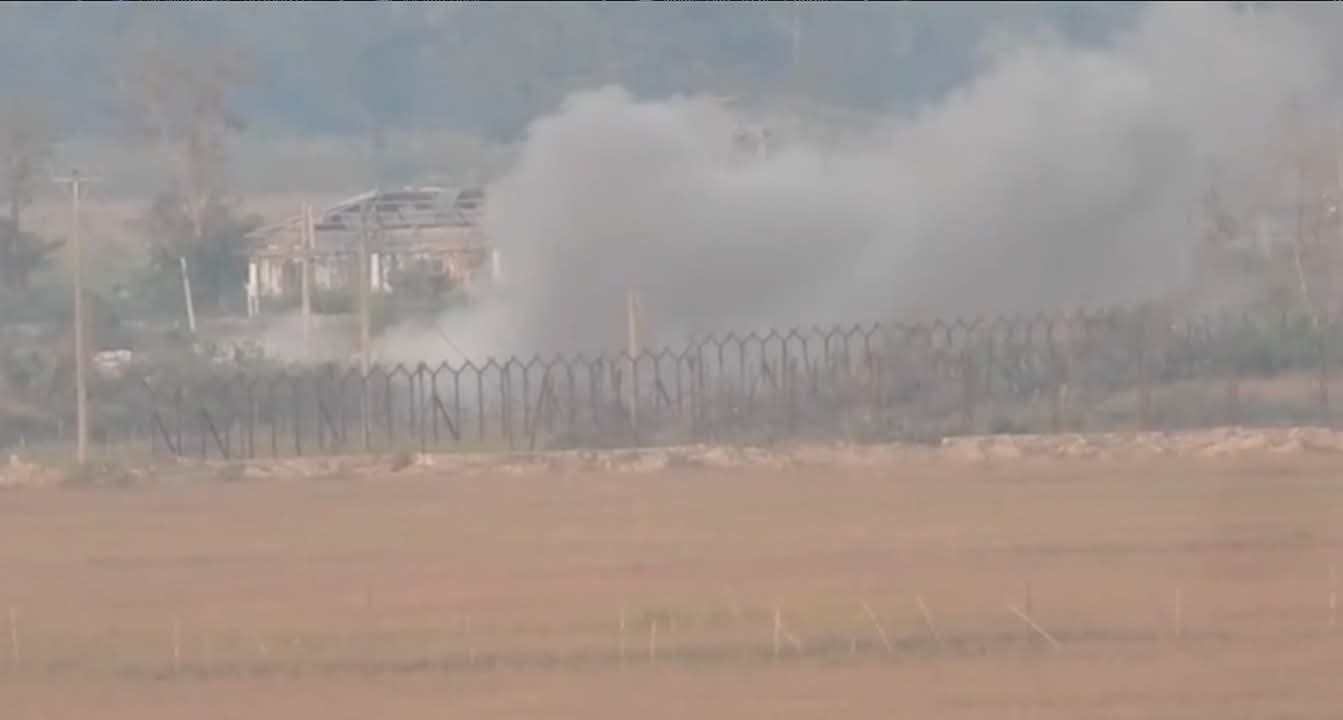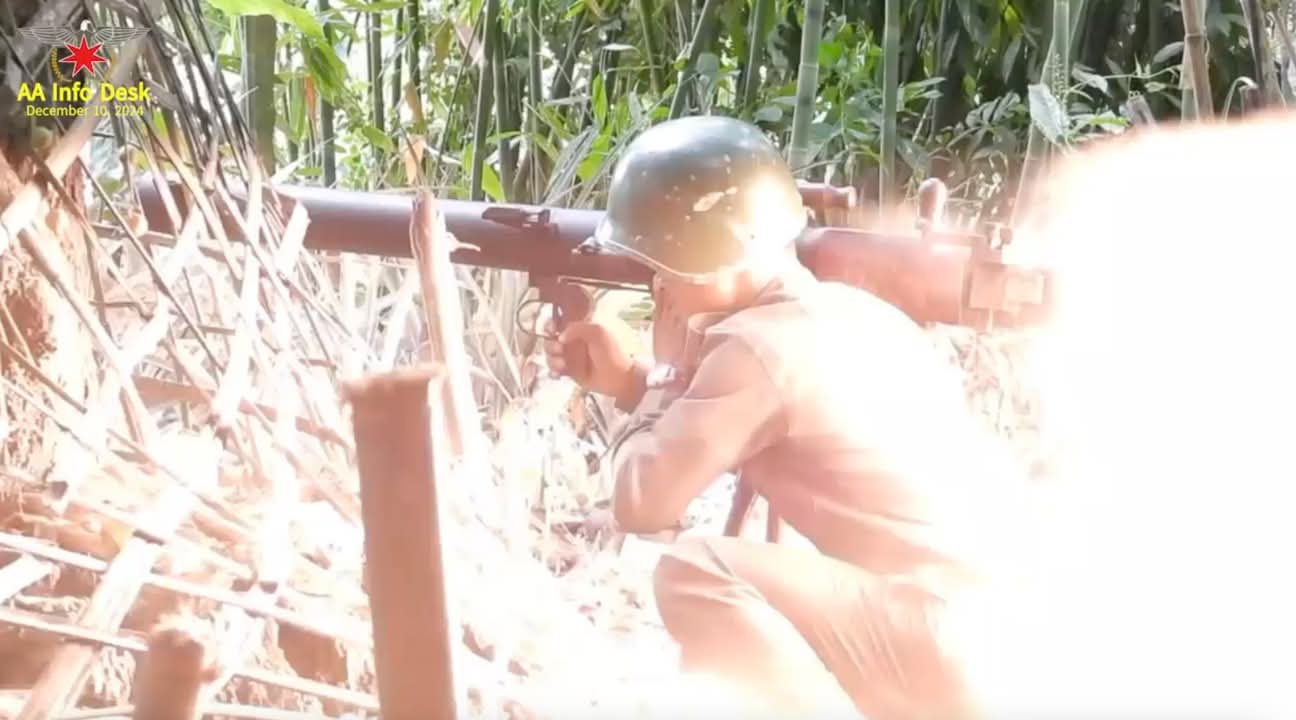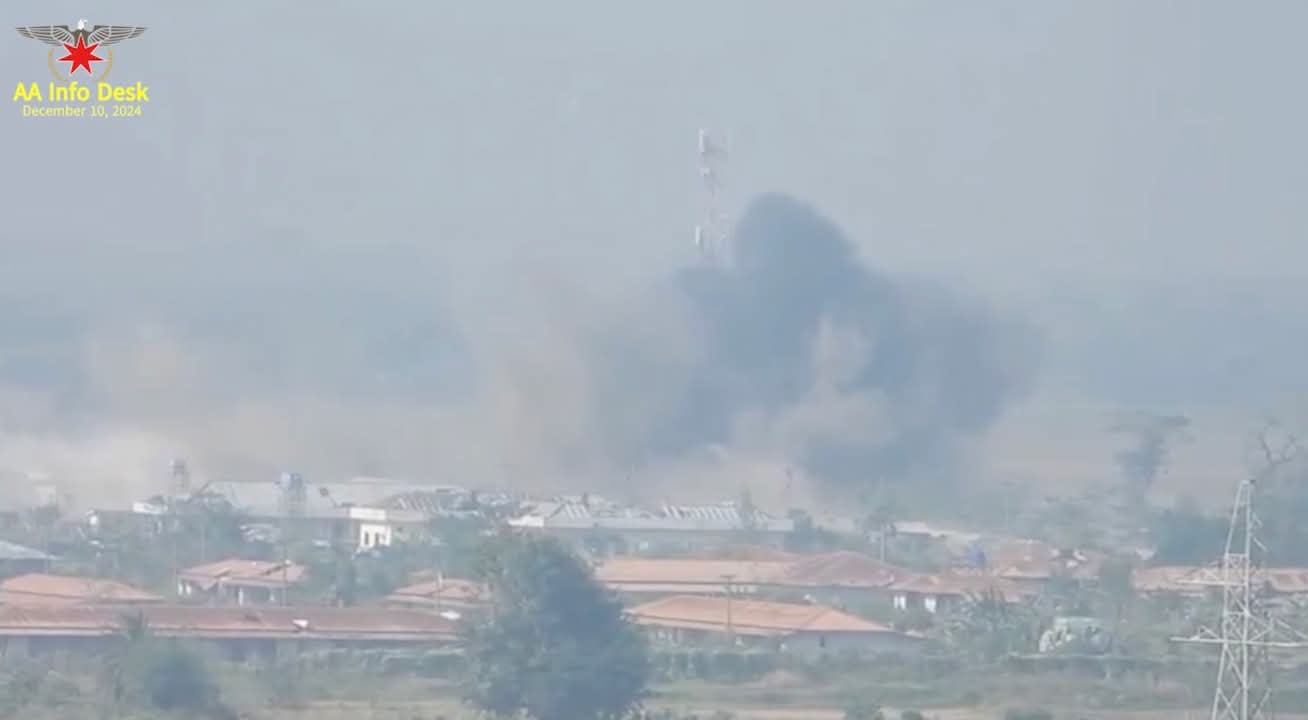
AI image generation has seen remarkable advancements in recent years, enabling the creation of realistic and often highly detailed images from various types of input data.
Various techniques and models are now used for this purpose, with Generative Adversarial Networks (GANs) and Variational Autoencoders (VAEs) being among the most popular. However, other methods and frameworks have also emerged.










Below is an overview of some key approaches, technologies, and applications in AI image generation:
### Key Techniques for AI Image Generation
1. **Generative Adversarial Networks (GANs):**
– **Description**: GANs consist of two neural networks—a generator and a discriminator—competing against each other. The generator creates images, while the discriminator evaluates them.
– **Variants**: Many variants of GANs exist, including:
– **StyleGAN**: Known for creating highly realistic images by manipulating styles at multiple levels.
– **CycleGAN**: Used for translating images between two domains without paired examples (e.g., turning horse images into zebra images).
– **Pix2Pix**: A conditional GAN that can generate an image based on another image (e.g., turning sketches into photos).
2. **Variational Autoencoders (VAEs):**
– **Description**: VAEs are generative models that learn to encode data into a latent space and then decode it back to generate new data. They focus on maintaining a probabilistic structure.
– **Advantages**: VAEs provide an interpretable latent space, allowing for meaningful variations in the generated output.
3. **Diffusion Models:**
– **Description**: Diffusion models generate images by gradually modifying a random noise input to produce a coherent image. They work by reversing a diffusion process that progressively adds noise to images.
– **Example**: DALL-E 2 and Stable Diffusion are based on this technique, achieving impressive results in image synthesis.
4. **Transformers for Image Generation:**
– **Description**: Transformer architectures (originally designed for natural language processing) are being adapted for image generation tasks. These models can handle tasks like generating high-resolution images and understanding contextual relationships within images.
– **Example**: Vision Transformers (ViTs) and models like DALL-E use transformers for generating images from textual descriptions.
5. **Text-to-Image Synthesis:**
– **Description**: This approach allows users to generate images from textual descriptions. The model interprets the text and generates an image that corresponds to the described contents.
– **Example**: DALL-E, CLIP + VQGAN, and Midjourney are leading the way in this space.
### Applications of AI Image Generation
1. **Art and Design:**
– Artists use AI-generated outputs for inspiration or to create unique artworks. Tools like DALL-E and Midjourney enable users to create visual art from simple prompts.
2. **Gaming and Virtual Reality:**
– AI-generated images can create realistic environments, characters, and textures, enhancing the immersion in games and VR experiences.
3. **Data Augmentation:**
– AI-generated images can augment datasets for training other machine learning models, particularly when real data is scarce.
4. **Fashion and Product Design:**
– AI can generate product designs or help visualize fashion concepts, enabling designers to explore new ideas quickly.
5. **Medical Imaging:**
– AI image generation techniques can enhance medical images or simulate medical scenarios, assisting in training for diagnostics.
6. **Real Estate and Architecture:**
– Generative models can be used to visualize architectural designs and improve the presentation of real estate listings with virtual staging.
7. **Entertainment:**
– AI-generated images can be used in films and animations, providing a valuable tool for conceptual artwork or generating backgrounds.
### Challenges and Ethical Considerations
1. **Quality Control**: While many advancements have led to more realistic images, achieving consistently high-quality output can still be a challenge.
2. **Bias and Misrepresentation**: AI models can unintentionally learn biases present in their training data, potentially leading to unrealistic or biased representations in generated images.
3. **Deepfakes**: AI-generated images can be misused to create deepfakes, which can pose ethical and legal concerns, especially in the context of misinformation.
4. **Copyright Issues**: The use of AI in generating artwork raises questions regarding intellectual property and ownership of generated images.
5. **Societal Impact**: The rise of AI-generated content can disrupt various industries, leading to discussions about the value of human creativity against machine-generated products.
### Conclusion
AI image generation has advanced significantly, enabling diverse and creative applications across various fields. With ongoing research improving the quality and reliability of these methods, the potential impact on art, design, and beyond is substantial. As the technology evolves, addressing ethical implications and ensuring responsible usage will be crucial for harnessing its full potential.
If there are specific aspects of AI image generation you’d like to know more about or particular applications you’re interested in, feel free to ask!


Leave a Reply